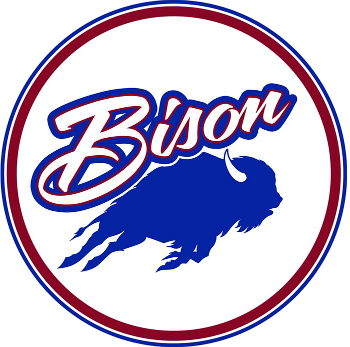The Eagle Hotel
The Eagle Hotel was built in 1826 by Thomas King, son of one of Waterford's early settlers. The stone work was done by master builder, Ebanezer Evans, a Welshman.
By 1826, although the settlement was well established, the area was still raw frontier. An elegant building, such as the Eagle Hotel, was imposing and a welcome sight. It also became a landmark because there were so few stone buildings in Western Pennsylvania. Many Inns of the period grew out of the Innkeeper's home, but the Eagle Hotel was built as an Inn with an excellent livery stable attached.
It didn't take long for the Hotel to become the center of social and civic activities. It was the scene of many parties and weddings. The ballroom, with its spring floor, became reknown. Waterford Borough elections were held next door, in the old Fort Hotel. It housed important guests and dignitaries, such as Zachary Taylor, who traveled the area; as Waterford was an important crossroad for transportation. It was a major stage stop, later a bus stop. By the 1860's, Waterford had become a resort and the Eagle Hotel was advertised as one of the finest accommodations in the country. By 1900, it had become an important stop for salesmen. Many came by train, took up residence at the hotel, rented a horse and rig and conducted their business in the area. It was advertised as a "hotel for commercial men." Later in the 20th century, some famous "big bands" stayed at the hotel, while playing one night stands in the vicinity.
The Hotel is of national significance as it is adjacent to the site of Fort Le Boeuf. The blockhouse of the American fort was still standing, and used as a hotel, thirty years after the Eagle Hotel was established.
The Hotel has been in continuous operation, with the exception of one year, since its inception. That one year, the hotel was closed to repair major damage from a bad fire in 1845.
The Fort LeBoeuf Historical Society purchased the hotel in September of 1977 with restoration continuing.
|

